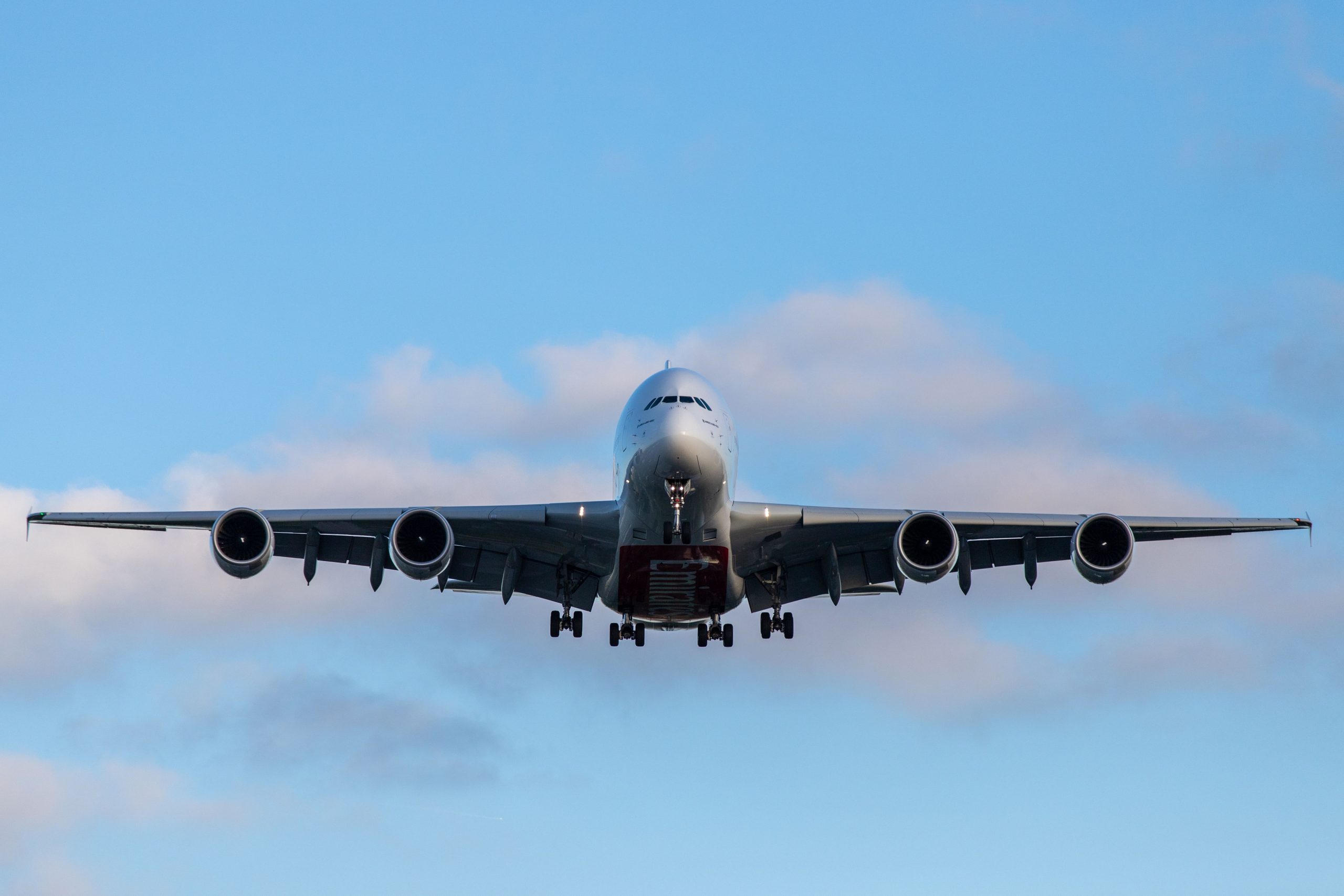Aviation’s ever-increasing competition and customer complexity have drawn companies’ attention to strategies. Aiming not only to surpass the competition but also to captivate customers, airlines are looking for answers in both the online and offline world. Exploring online possibilities is currently one of the most effective ways to connect with audiences.
Diving into a vast amount of data to try to find better means to customize interactions follows what the industry has been doing to respond to customers’ demands.
Within the online environment are numerous components. Nowadays social media is strongly being linked to the travel industry. Implications for the use of artificial intelligence and machine learning technologies to improve customer service and organizational performance are often raising the bar among industry players.
Still, drifting focus to the online world is not all that airlines need to know to strategize. There are a number of components that airlines need to improve in order to enhance the client’s digital experience.
One of those elements that is starting to be part of carriers’ strategies is destination content. Content plays an essential role in the travel industry and, for airlines, it opens doors to new ways of attracting and converting clients. But, with the digital world being guilty of reducing our attention span to less than ten seconds, content creation has become a challenge.
Beyond collecting basic information on customers and knowing the appropriate channel to convey a message, it is vital to understand their choices and preferences to start building strong relationships. Travellers want choice; they want to be able to look at relevant information at different points in time. By providing the proper information, airlines start paving their way into achieving loyalty.
Destination content answers the users’ need of the right information at the right time, adding value to multiple stages of the journey. But it can only preserve its relevance when following specific rules. With the high demand for consuming experiences and not products, the way to deliver the content plays an important role. Not all types of information will be able to retain the user’s attention. Personalization is just one simple step into the customers’ expectations. What is after that is anticipating needs and making predictions that will resonate and retain the customer.

Destination content best practices
The process of developing and delivering quality content for travel audiences is complex. It begins with obtaining a vast amount of material that can cater to a broad audience with distinct characteristics. Then follows the digital best practice of making the information attractive and easily found throughout the different channels, to finally be delivered in a personalised way to the users at multiple stages of the customer journey:
- Inspiration
- Planning
- Booking
- Pre-departure
- In-flight
- In-destination
- Customer retention
- Advocacy
For airlines cultivating a good relationship with customers, it is important to stay ahead of the competition. Every positive interaction is a possibility to nurture this relationship and later turn it into a loyal customer. Therefore, exploring destination content to enrich such interactions is an excellent way to tackle the online world and amaze customers at the same time.
Analyzed parameters & main conclusions
The categories analyzed were developed after studying the online behavior of users, as well as the demands clients currently have towards the consumption of online information.
By providing inspirational content, airlines can find new ways to connect with future clients and give them a complete online experience. As a consequence, users might start opting to focus their research on airline websites, rather than going to an OTA. Companies such as Qatar Airways provide filters when doing a first search to get inspired.
Implementing tools such as a trip planner that enables users to save their preferred experiences, helps users to build their own trip itinerary. LATAM Airlines for instance, includes a trip planner for each of its destinations allowing users to filter and then save and share the experiences that are most attractive to them.
Better than just knowing about the top sights and attractions of a city, travellers are also eager to know about the events happening during their stay. Airlines can impress users by providing up-to-date information on plays, concerts or football matches. Iberia offers a large range of up-to-date content on its app.
Geolocation is also crucial when trying to migrate to user-friendly mobile solutions. As travellers use online maps to find their way around a destination, carriers should be able to anticipate and deliver a solution that considers geolocation options. Singapore Airlines for instance, has all its destination content geolocated.
With the huge amount of information available, travellers are trained to seek for time-saving solutions. Travel guides are a perfect way through which airlines can give suggestions on what to experience through a few words. Some companies like KLM provide over 700 destination guides to help travellers explore their chosen destination.
Providing information in many different languages allows the users to pick their preferred one and explore the options with more focus and less confusion. Emirates has a long list of countries and languages to allow users to find information faster and consume the content without any obstacles.
With an immense number of sources and information to choose from, users are used to scanning through numbers of pages to find what they are looking for. Therefore, the quality of the content provided is critical when trying to catch their attention. ANA has a vast selection of destination content that clients can explore, including curated blog posts and local tips for Japan.
Consider adding some quick facts or basic information about the destination, such as currency, language, weather or electricity, can be very handy for the user. Qantas for instance, is an example of how to include this information as “quick facts” to take into account.
Overall, there are many ways of using destination content to reach different audiences and needs.
Exploring alternative formats for each stage of the traveller’s journey allows Airlines to deliver a great user experience in all its channels.





